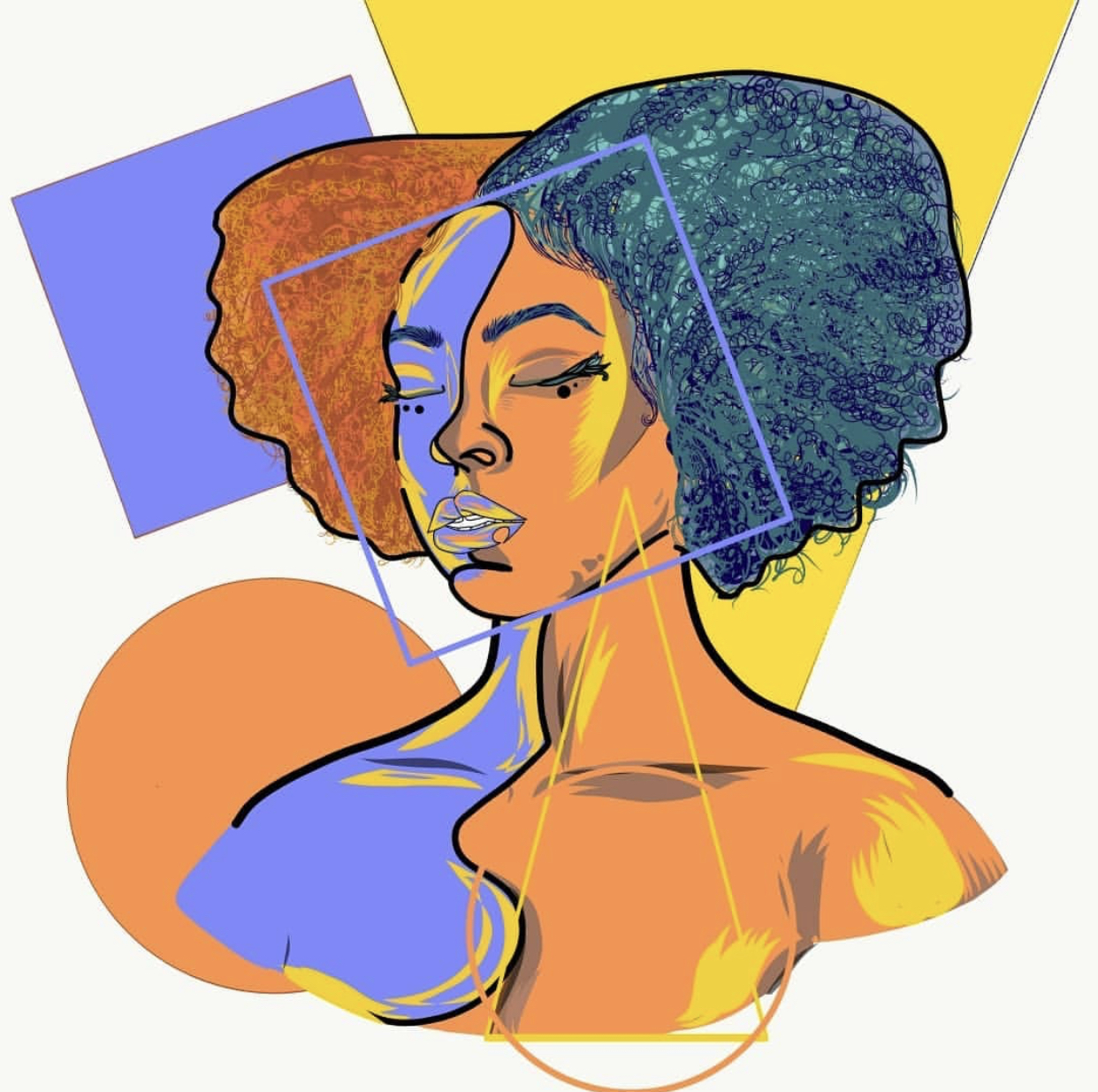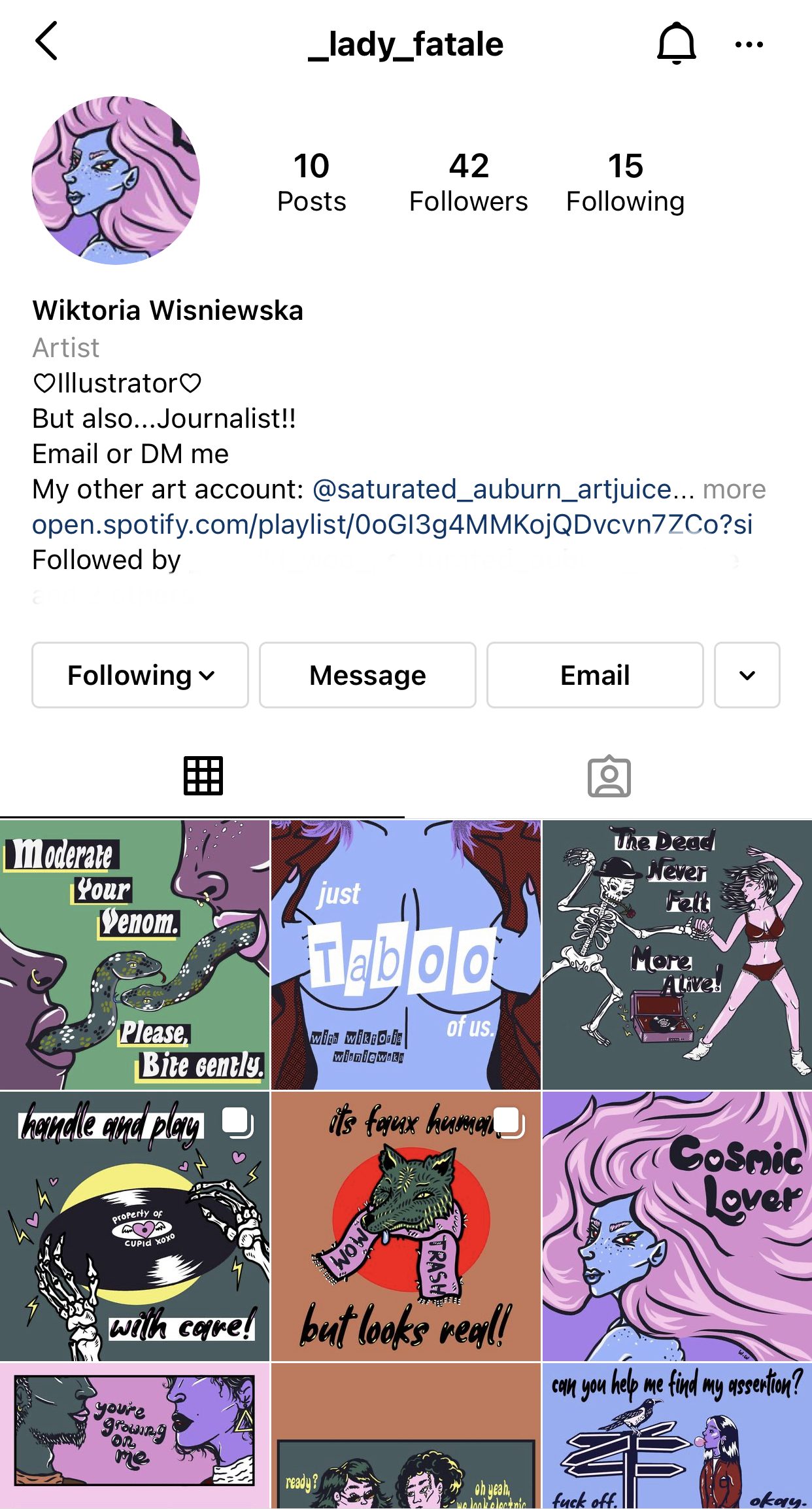TW: Mental health (depression), beauty standards, selfie dysmorphia, body image, self-criticism
To anyone that needs to hear this today: You are beautiful. You are beautiful the way you are, but many struggle to accept that. Why? Well, the idealised and unrealistic beauty image of today’s society might be a reason.
Beauty standards have shaped our perspective of each other as individuals. What is too thin? Too curvy? How much is too much? There is no accurate definition of what is considered beautiful; however, we are pressured to fit into a “template”. This is not a modern issue since these standards have evolved over centuries.

The ideal women in the Roaring Twenties would need to be very thin with slight curves. The “boyish” body shape was favoured. Moving forward to the thirties up to the fifties, better known as the Golden Age of Hollywood, the focus shifted more to “feminine” appearance. Media Stars was admired for her famous beauty spot, perfect, blonde hair and flawless makeup – she was a product designed by the industry. Nevertheless, Marylin Monroe stood out from the crowd and worked against the beauty beliefs of society. She wore tight clothes to underline her curves and continues to set an example to all women. Perhaps, this was the first step towards a healthier world.
But this was seventy years ago. The critical question is: how does society treat this issue today?
All of a sudden, globalisation opened the gates of broader communication. But most importantly, we are now able to see each other through social media. Beauty standards do not only apply to the individual country anymore. The whole world is the judge. The platforms make it easier to influence young women and men. Various trends, pictures that have been edited to hide any flaw and filters that change your entire appearance lead to a new fakery place. Everyone can pretend to be their imaginary self.
By all means, the usage of filters and face-and body enhancing apps should not be abolished. Still, it is essential to understand that looks can be changed, and reality may look very different. You only see how you look through reflections and cameras. Being called “beautiful” is one thing – feeling beautiful, however, is a different story.
Listen how some Citros answered the questions What do you consider as beautiful and how has social media changed that definition? What is your favourite thing about yourself?
Like Marilyn Monroe in the Golden Age of Hollywood, celebrities like Kylie Jenner significantly impact modern times’ understanding of beauty. Kylie openly exclaims that she did not get any cosmetic enhancements but, later on, admits that the opposite is the case. You may remember the #KylieJennerLipChallenge that used to be quite known in 2015. One might argue that many young people started this to aim for plump lips like those of Kylie Jenner. The peer pressure online and the publicity gained by following this process lead to widespread on social platforms. Suctioning their lips in various objects like bottle openings or shot glasses result in swelling and bruising.
In some cases, the final look was somewhat presentable, but the dangers of this new social media trend were underestimated. The object could break because of the pressure created by the vacuum, and the lips could end up seriously injured. This is just another example of how easy it is to be persuaded to take part in these beauty trends. Public figures do not only present themselves and their talents but also have the task of acting as a role model. The younger generations are much more active on social media and use them as an educational resource.

Around 995 pictures are posted on Instagram every second (OmnicoreAgency.com, 2021). The continuous intake of new visual content could affect mental wellbeing dramatically. The study “Social Media Use and Adolescent Mental Health: Findings From the UK Millennium Cohort Study” analyses the correlation between social media and the development of depressive symptoms of young people. The daily usage of social media of more than ten thousand 14-year-olds was examined. “Almost 40% of girls who spend more than five hours a day on social media show symptoms of depression” (Guardian, 2019)
“For example: more social media use linked to poor sleep which in turn was related to depressive symptoms; experiencing
(Kelly, Yvonne & Zilanawala, Afshin & Booker, Cara & Sacker, Amanda. (2019))
online harassment was linked to poor sleep, poor body image and low self-esteem; and that girls and boys with poor body image
were more likely to have low self-esteem.”
Many people start to use filters to change or hide their physical features on selfies. The term Selfie Dysmorphia (also Snapchat Dysmorphia) is not very known, although it is pretty relatable. It is believed that the famous Dog Filter on Snapchat highlighted this issue. Once you see your enhanced appearance, you start to pay a greater focus on your natural self. Comparing yourself with others, heavily editing pictures and constantly questioning your looks can all be part of Selfie Dysmorphia. Dr Joshua, an aesthetics doctor in London, joined the discussion about the concept behind Selfie Dysmorphia and the impact of social media on future generations.
On the brighter side, artists like Lizzo act against the fixed imagination of body standards.
“I don’t like it when people think it’s hard for me to see myself as beautiful. I don’t like it when people are shocked that I’m doing it.”
Lizzo on Glamour.com
The audience had the opportunity to participate in a survey. Six people contributed to the survey that was posted on Citronnade’s Instagram page (@/_citronnade.blog)
One question lead to a very diverse discussion:
Social media has changed our perspective on body images. Would you say that it is a positive or a negative change?
Disclaimer: The people that contributed to this project had the option to stay anonymous. If any participant changed their mind regarding their chosen option, don’t hesitate to message me so I can change it.
“I think it’s a positive change because so many content creators motivate people to change their lives.”
Thor, Male, 19
“It’s mixed for me. I have seen more diverse bodies in social media, which is great. However, some of the comments on these images are disgusting. If a model is “too thin”, there are comments telling that person to eat something. If a model is “too big”, the comments tell that person to go exercise. It’s horrible.”
Anonymous, female, 28
“Rather negative. Body positivity is growing, but still, most influencers you see make themselves look like the conventional beauty standard.”
Mary, Female, 30
The remaining participants answered with “Positive” without further reasoning and chose to stay anonymous.
Gen Z, the generation of change, uses the power of social media to shift the image of beauty more than ever. In terms of beauty, personality is much more valued than appearance. Being kind to yourself and the people that surround you is key. And even the trends on different platforms have changed.
“Instagram vs. Reality” is one of the trends that is currently flooding social media. It shows the difference between the pictures posted by that person on the Gram and the accurate picture before editing.
Together we can establish a new trend that everyone should be comfortable with. Let’s call it:
“Stand out by being yourself.”
A special thank you to Dr Joshua Van der Aa and Sharon! Make sure to check out Dr Joshua’s website drjoshua.co.uk .
SOURCES
Women's Ideal Body Types Throughout History https://www.buzzfeed.com/eugeneyang/womens-ideal-body-types-throughout-history Instagram by the Numbers: Stats, Demographics & Fun Facts https://www.omnicoreagency.com/instagram-statistics/ Depression in girls linked to higher use of social media https://www.theguardian.com/society/2019/jan/04/depression-in-girls-linked-to-higher-use-of-social-media Social Media Use and Adolescent Mental Health: Findings From the UK Millennium Cohort Study Kelly, Yvonne & Zilanawala, Afshin & Booker, Cara & Sacker, Amanda. (2019). Social Media Use and Adolescent Mental Health: Findings From the UK Millennium Cohort Study. EClinicalMedicine. 6. 10.1016/j.eclinm.2018.12.005 , Available (online) at: https://www.researchgate.net/publication/330164946_Social_Media_Use_and_Adolescent_Mental_Health_Findings_From_the_UK_Millennium_Cohort_Study Don’t Call Lizzo ‘Brave’ for Being Confident https://www.glamour.com/story/dont-call-lizzo-brave-for-being-confident















